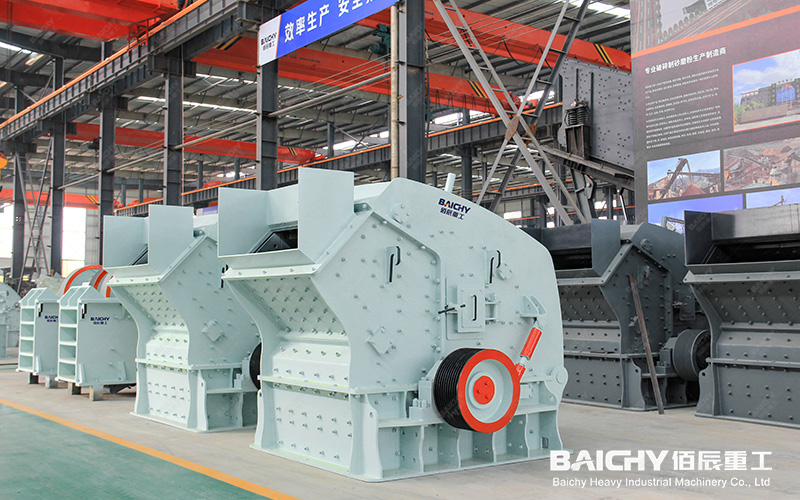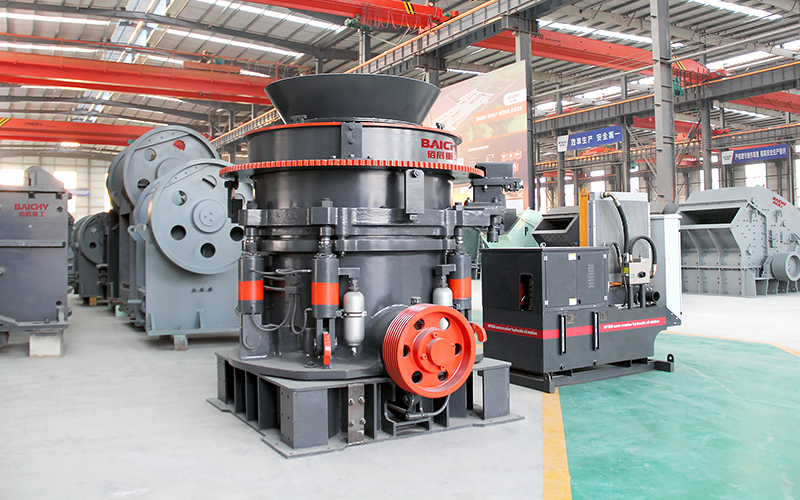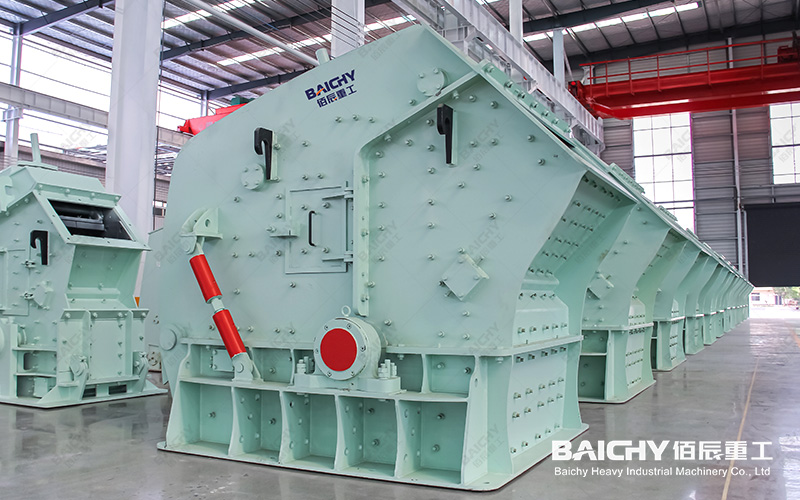
When investing in a PF1007 impact crusher, besides the initial purchase cost, savvy investors pay more attention to its subsequent operating costs, which directly affect long-term profitability and return on investment.
This article will break down the main costs incurred during the operation of the PF1007 and focus on answering the core question most concerning to users—what is the typical lifespan of the hammer?
Impact Crusher PDF, Download ↓↓↓
What are the main components of the PF1007's subsequent operating costs?
The PF1007's subsequent operating costs mainly consist of the following three parts:
1. Electricity Costs: As the direct energy consumption for driving the equipment, electricity costs are a continuous expense. The PF1007's motor power configuration is reasonable, focusing on energy consumption control while achieving efficient crushing, which is the foundation for achieving low-cost operation.
2. Replacement Costs of Wear Parts: This is the most significant and volatile part of the subsequent costs. During the crushing process, parts that directly contact the material will continuously wear down and require regular replacement. This mainly includes:
◦ Hammer (Hammerhead): The core crushing component, which wears the fastest and requires the most frequent replacement.
◦ Impact Plate: Bears secondary impact and grinding from materials; its wear rate is second only to the hammer.
◦ Liner Plate: Protects the machine casing; its wear is relatively slow.
3. Routine Maintenance Costs: Includes the cost of grease and labor required for routine maintenance such as regular lubrication, fastener inspection, and belt tension adjustment. Proper routine maintenance effectively reduces equipment failure rates, extends the lifespan of vulnerable parts, and is key to controlling long-term costs.
Key Concern: What is the typical lifespan of a hammer?
Answer: The lifespan of a hammer is not a fixed value; its core determining factor is the hardness and abrasiveness of the material being crushed.
• Crushing medium-hard materials (such as limestone): Under good operating conditions and with appropriate feed specifications, a set of hammers can last for hundreds of operating hours.
• Crushing high-hardness, highly abrasive materials (such as granite and basalt): The wear rate of the hammer will accelerate significantly; its lifespan may be only one-third or less of that when crushing limestone, requiring more frequent replacement.
Therefore, assessing the lifespan of the hammer plate must be done in conjunction with your specific processing materials. At the same time, selecting high-quality, wear-resistant hammer plates (such as those made of high-chromium cast iron) and maintaining correct feeding methods and uniform feed particle size can also effectively extend the hammer plate's service life.
In summary, controlling the long-term costs of the PF1007 requires focusing on three aspects: energy-efficient operation, scientific selection of wear parts, and adherence to standardized maintenance. A thorough understanding of these cost components will help you make more accurate production budgets and maximize the economic benefits of the equipment.












